Upgrade Your Home Network to 10GbE for Under $300: The Simple Guide
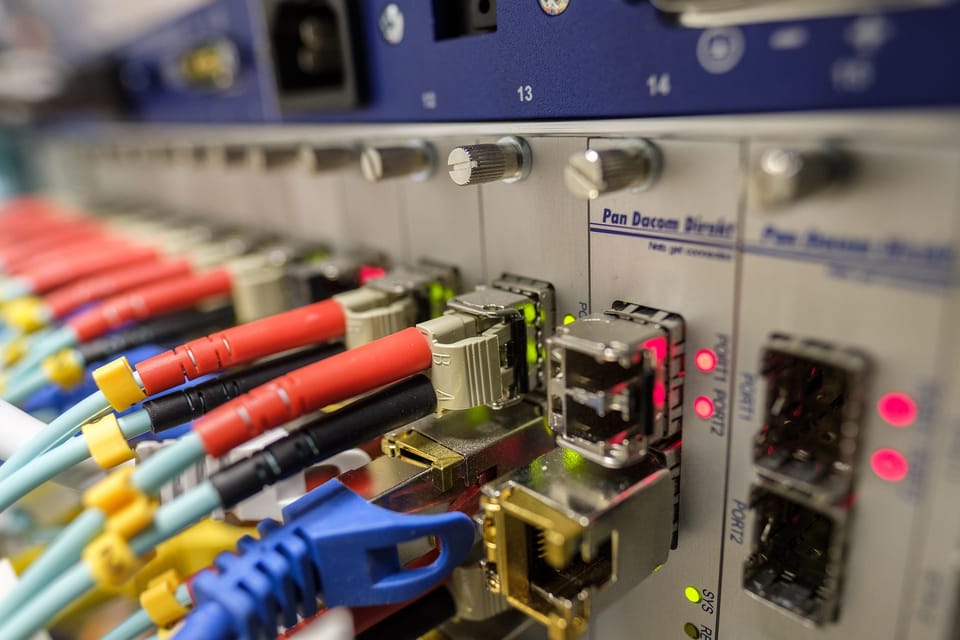
Is your home network feeling sluggish? Are you tired of waiting for large files to transfer between your desktop and your server? Most people are still stuck on a 1 Gigabit Ethernet (1GbE) network, which is a significant bottleneck when you're working with high-resolution video, massive game files, or simply running a home lab.
The good news? You don't need an enterprise-level budget or a degree in network engineering to get a blazing-fast 10 Gigabit Ethernet (10GbE) network. In this guide, we'll show you how to turbocharge your home network for under $300, using a few key pieces of affordable hardware that will change the way you work and play.
Why Go 10GbE?
A standard 1 Gigabit Ethernet (1GbE) connection offers a theoretical maximum speed of 125 MB/s (Megabytes per second). While this may sound fast, it translates to a file transfer time of over six minutes for a 50GB video file. Crucially, 1GbE cannot even saturate the read/write performance of a modern SATA spinning hard drive.
A 10 Gigabit Ethernet (10GbE) connection, by contrast, can reach theoretical speeds of 1,250 MB/s—a tenfold increase. With 10GbE, that same 50GB file could be transferred in under a minute.
This kind of speed is a game-changer for:
- Content Creators: Edit 4K or 8K video directly from your NAS without a single stutter.
- Data Hoarders: Back up terabytes of data from your PC to your server in a fraction of the time.
- Home Lab Enthusiasts: Enjoy seamless performance when running virtual machines or containers on a remote server.
- Gamers: Install games on your server and play them instantly over the network.
The Shopping List
This upgrade is centered around four key components: a switch, network cards for your devices, transceivers, and the appropriate cables.
We've chosen the best buy options on the market to keep the total cost below our $300 total cost target.
The Switch: MikroTik CRS305-1G-4S+IN
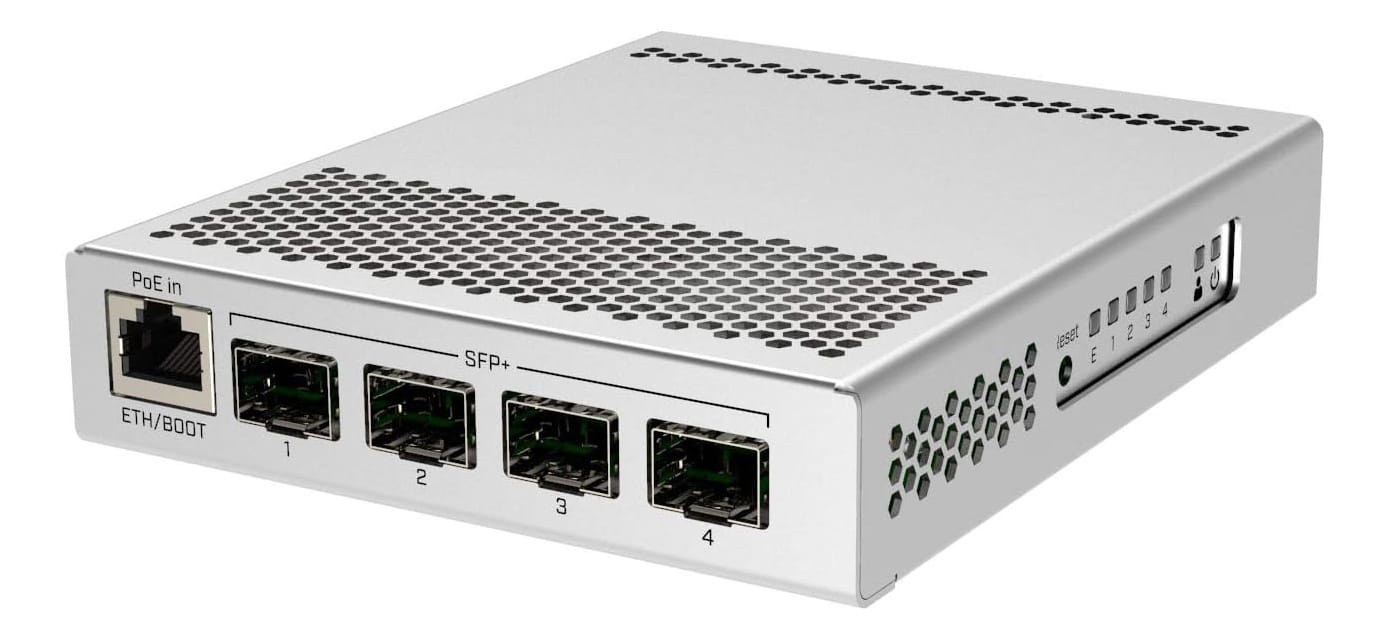
This compact, fanless switch is the heart of your new network. It features four SFP+ ports for 10GbE connections and a single 1GbE port for connecting to your existing router or another switch. At around $150, it offers incredible value and powerful features for the price.
- Price: ~$130-150
- Link: MikroTik CRS305-1G-4S+IN [Amazon]
The NICs: Intel X520 Series
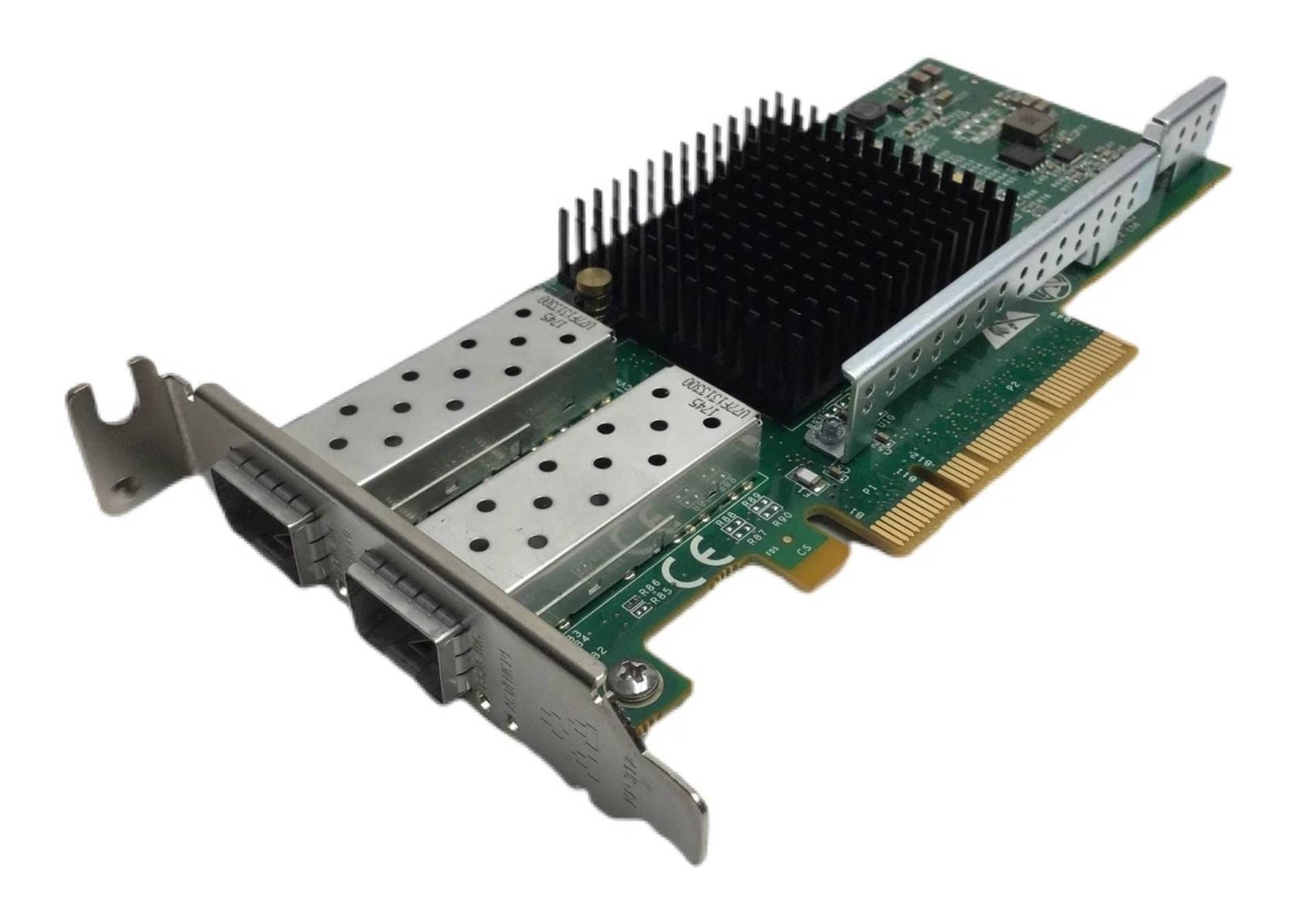
To connect your devices to the switch, you'll need a 10GbE Network Interface Card (NIC). Instead of paying top dollar for new cards, we'll turn to the enterprise surplus market. The Intel X520 series NICs are workhorses that are widely compatible and can be found in a variety of configurations (single or dual-port) on eBay for a steal. A dual-port card often costs less than $30, and you'll need one for your desktop and one for your server.
- Price: ~$15 - $30 per card
- Link: Intel X520-DA2 NIC [eBay]
The Optics: SFP+ Transceivers
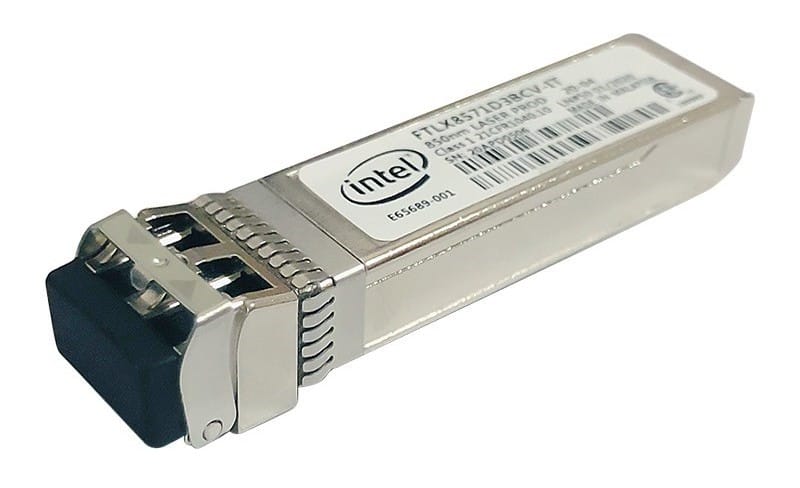
For a robust 10GbE connection over fiber, you'll need a way to convert the electrical signal from your NIC into pulses of light. This is the job of the SFP+ transceiver. You'll need one for each end of your connection (one for the switch, one for the NIC). For multimode fiber, SFP+ SR (Short Range) transceivers are the standard and most affordable choice.
While a switch like the MikroTik will generally work with transceivers coded for almost any brand, Intel NICs can be significantly more picky about compatibility. You could take your chances with generic, "Intel Compatible" transceivers, but the safest and most reliable bet is to pickup genuine Intel modules like the Intel E10GSFPSR. These can regularly be found on eBay for well under $10 each and eliminate compatibility guesswork.
- Price: ~$5-10 per transceiver
- Link: Intel E10GSFPSR 10Gb Transceivers [eBay]
The Cables: Multimode Fiber Optic Cables
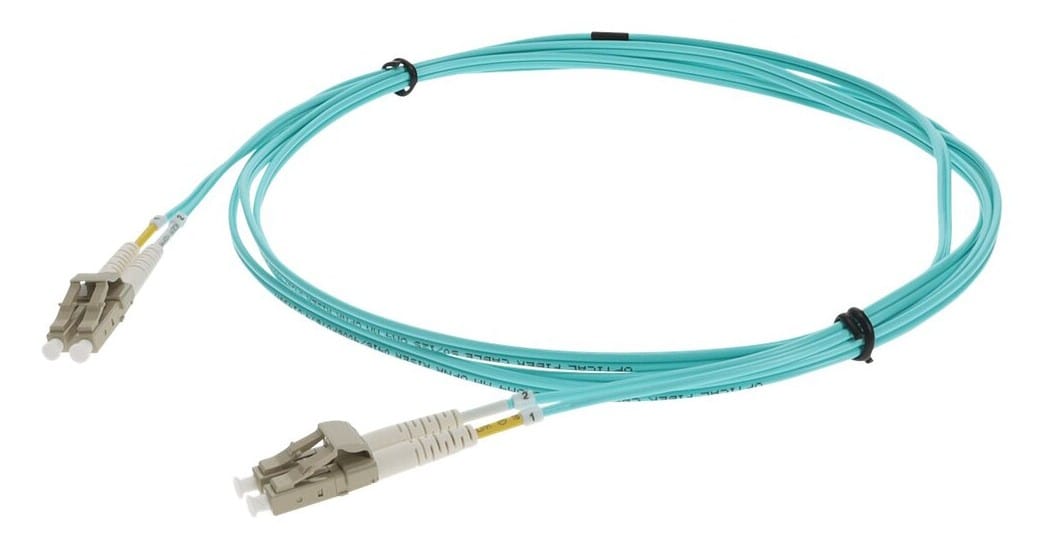
With your optics in place, the final step is the physical connection. Unlike traditional copper cables, fiber optic cables use light to transmit data, making them immune to electrical interference and ideal for longer runs. We'll use multimode fiber optic cables with LC connectors. These cables are inexpensive and perfect for the distances typically found in a home or office. Simply plug one end into the SFP+ transceiver in your NIC and the other into the SFP+ transceiver in your switch.
- Price: ~$10 - $30 per cable (depending on length)
- Link: Multimode OM4 LC/LC Fiber Patch Cable [Amazon]
Total Cost Breakdown
Let's do the math for a standard setup connecting a desktop PC and a server/NAS.
- 1x MikroTik CRS305-1G-4S+IN Switch: ~$140
- 2x Intel X520 NICs: ~$40
- 4x Intel E10GSFPSR SFP+ Transceivers: ~$40
- 2x Multimode OM4 Fiber Optic Cables: ~$40
Total Estimated Cost: ~$260
This figure is an estimate and can vary based on prices at the time of purchase, but it shows that a 10GbE network upgrade is achievable for a very reasonable price.
An Alternative to Fiber: DAC Cables
For connections between devices that are only a few feet apart, there's an even simpler and more affordable option: a Direct Attach Copper (DAC) cable. These cables have the SFP+ connectors built-in, so they eliminate the need for separate transceivers. They are essentially plug-and-play and usually cost less than $20.
- Price: ~$10 per cable
- Link: 1m SFP+ 10Gb DAC Cables [Amazon]
Using DAC cables would generally bring your total estimated cost down, compared to using optical transceivers and fiber.
High Level Step-by-Step Process
- Install the NICs: Power down your desktop PC and your server. Find an available PCIe slot on the motherboard of each machine and securely install the Intel X520 NIC.
- Connect the Switch: Place the MikroTik CRS305-1G-4S+IN in a convenient location. Connect the 1GbE port to your existing network router or main switch.
- Cable Everything Up: Install the SFP+ transceivers into the ports on your new NICs and the switch. Use the fiber optic cables to connect the NICs to the switch.
- Power On and Configure: Power on all your devices. Your operating systems (e.g., Windows, TrueNAS, UNRAID) should detect the new network cards. You may need to install drivers if they are not auto detected.
- Enjoy the Speed: Once the NICs are configured and have a healthy connection, you're ready to experience a whole new level of performance. Try transferring a large file or running a network benchmark to see the difference for yourself.
Conclusion
The dream of a 10 Gigabit home network is now a reality for anyone with a modest budget. By leveraging the power of the MikroTik CRS305-1G-4S+IN and affordable, used NICs, you can eliminate network bottlenecks and unlock the full potential of your high-speed storage and devices. It's a simple, cost-effective upgrade that will dramatically improve your workflow and overall computing experience.
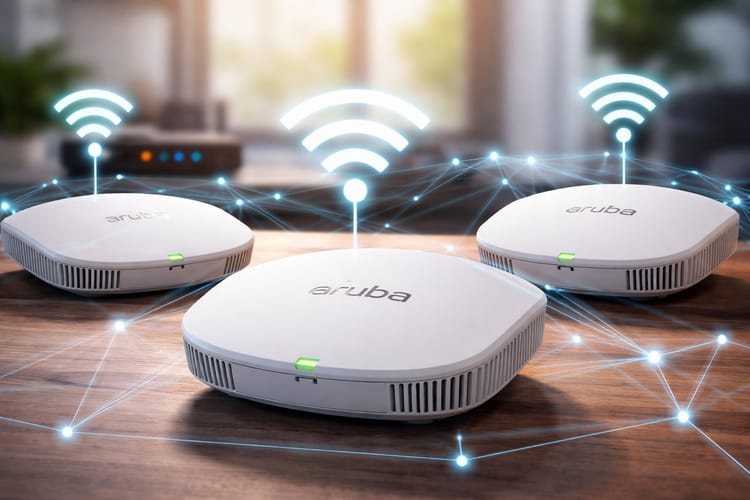
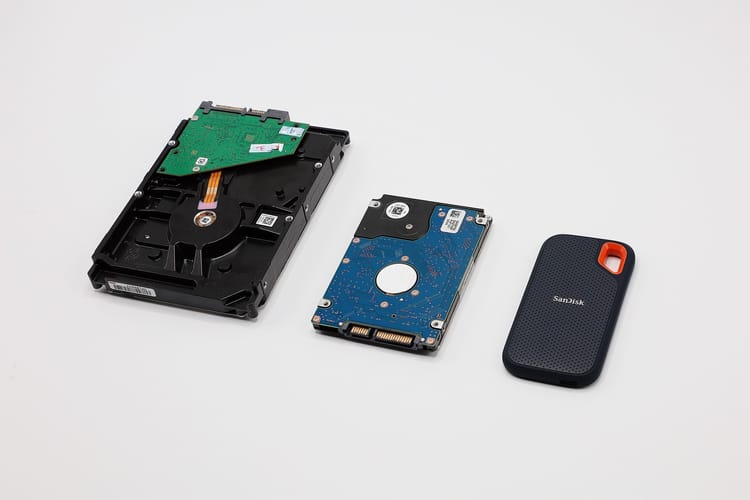
Comments ()